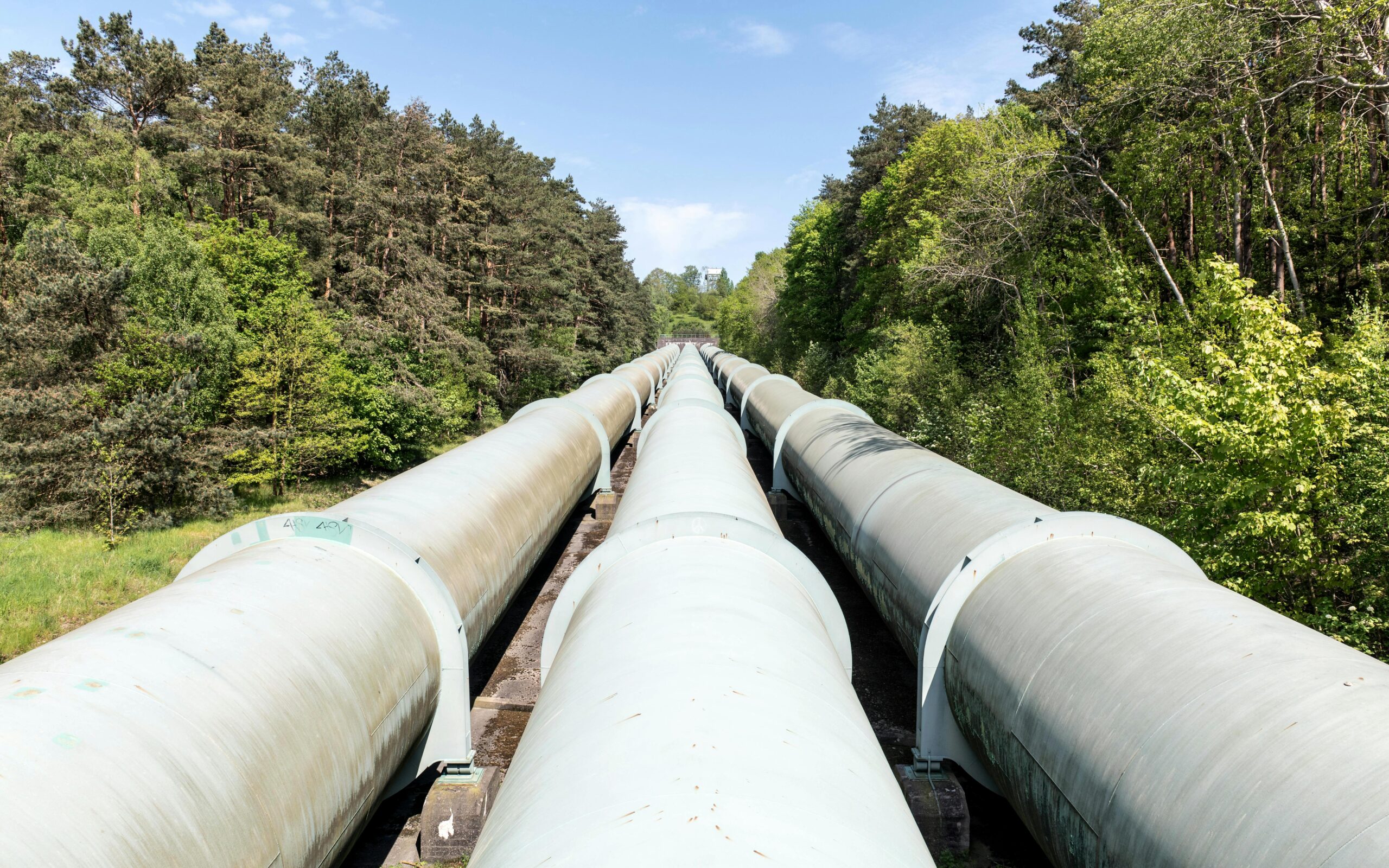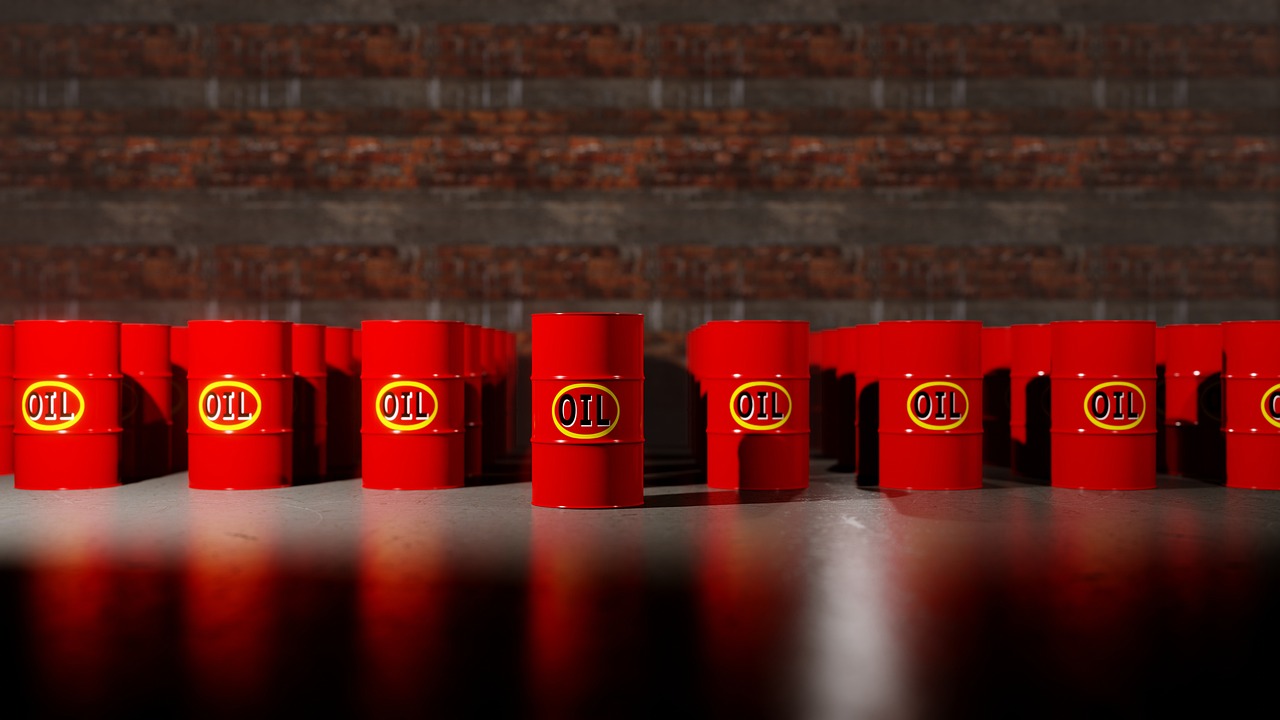Table of Contents
Introduction
The Alaska Pipeline, also known as Trans Alaska Pipeline System ( TAPS ) is a engineering marvel built is present day Alaska. Alaska Pipeline was primarily built to transport crude oil from oil rich Prudhoe bay present in Northern Alaska to the southern port of Valdez in Alaska.
Fact : How long is Alaska Pipeline ?
The Alaska pipeline almost stretches over 800 miles long, it passes over some of the difficult terrains on the earth.

Let us deep dive in this article to understand the history, construction and other aspects of Alaska pipeline. Happy Reading Folks 🙂 !!!
History Of Alaska Pipeline
The construction of pipeline all started with the discovery of vast oil reserves in the year 1968. Realizing the importance of a efficient logistical transportation pipeline, which could transport the oil to the markets, thus the blue print of Alaskan pipeline was initiated.
From planning to over coming environmental hurdles, the actual construction started from 1974 and was completed in the year1977.
Pipeline Structure & Design
The pipeline spans over 800 miles from Prudhoe bay to Valdez crossing difficult terrains like mountains, rivers and forests. Other notable features of this pipeline are :
- Much of the pipeline system is elevated above the ground to prevent the heat from the moving oil melting the permafrost.
- The pipeline system is built in such a way that it can withstand the earthquake shocks and harch weather conditions.
- The crude oil before transporting through the pipelines is pre heated so that it can flow smoothly through the pipeline in freezing temperatures.
Economic Significance
Alaskan pipeline plays a significant role in the American economy and the fulfilling American energy demands and US energy supply.
- The pipeline can transport up to 2.1 million barrels of oil per day, it all depends on the capacity of oil production.
- The pipeline has generated trillions of dollars to American economy and this in turn has developed the regions infrastructure.
- The pipeline construction and its timely maintenance have created thousands of jobs across the state of Alaska.
To know how much is 1 barrel in litre, click the following link : 1 barrel in litre
Environmental Impacts
While Alaska pipeline projects has huge economic significance, but it also comes with environmental concerns.
- The pipeline passes through dense forests and animal habitant regions, this might somehow harm the animals coming in contact with the pipeline. Also deforestation can also be caused if the authorities decide to construct the pipelines. This requires careful migration stratergies.
- Oil can occur posing risks to the environment.
- Global warming can pose a threat to the permafrost forests through which the pipeline passes which again may have impacts on the pipeline.
Apart from the concerns Alaska has turned out to be a great tourist spot for global tourists, offering the breathtaking views.
Future Perspective
As the world moves towards more and more renewable energy, Alaskan pipeline faces decline in oil production. However the pipeline will be critical in the American energy supply in the years to come and will remain as a great engineering legacy in human history.
Conclusion
The pipeline is much more than oil transportation apparatus, it is a testament to human innovation and intelligence. As the pipeline continuous to adapt the the changing global energy order, the pipeline forever remain a vital part of Alaska’s rich identity and culture.
If want to read more about Alaskan Pipeline , click on the following link : Alaskan Pipeline
Folks, if you have liked our article or have gained some knowledge by reading our article, please consider sharing this article with friends and family.
Happy Reading Folks 🙂


